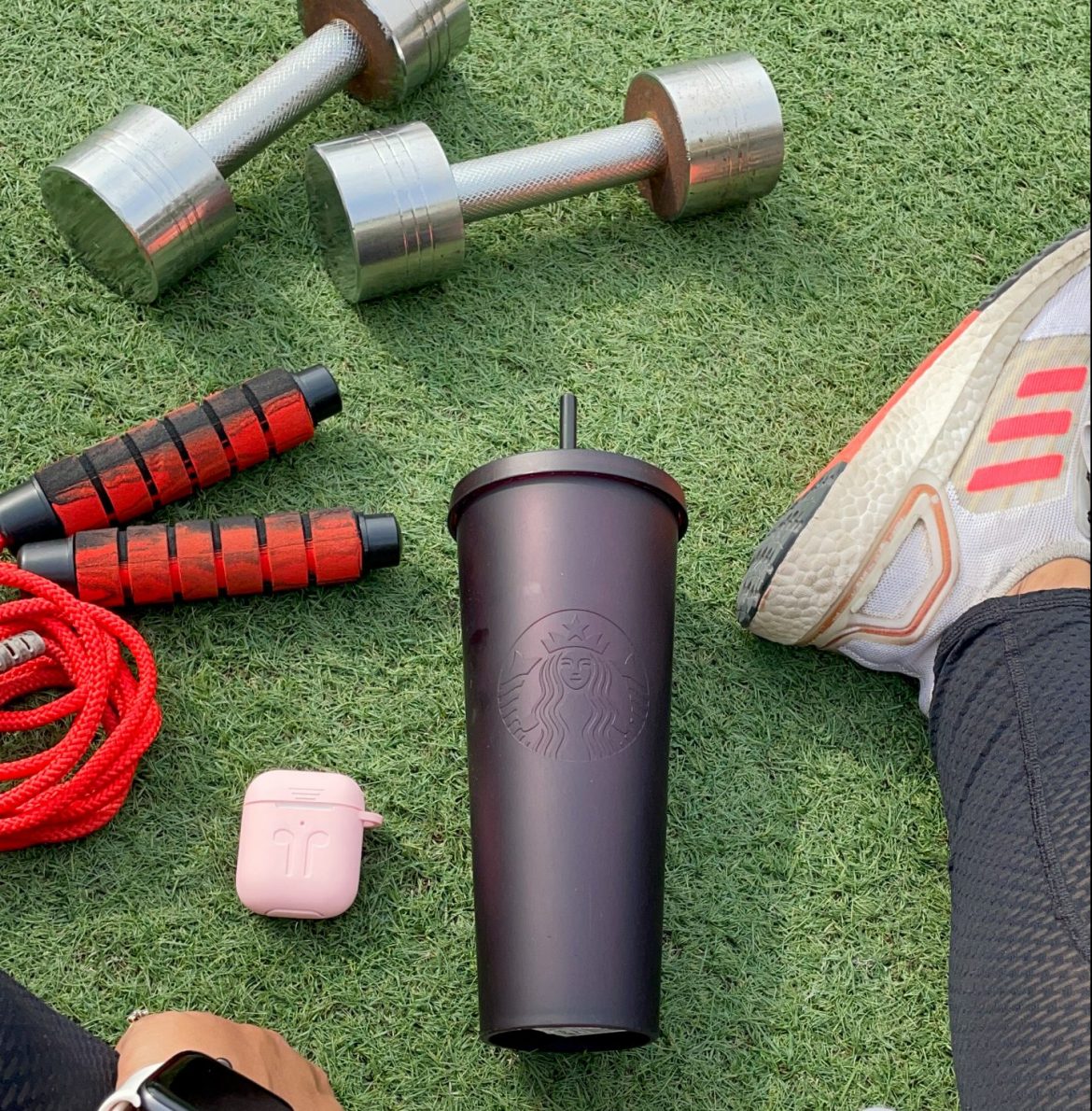Strength training is more than just lifting weights – it’s a powerful tool for improving overall health, building muscle, boosting metabolism, and even enhancing mental well-being. Whether you’re a beginner or looking to make your routine more consistent, here’s a guide to seamlessly incorporating strength training into your daily life.
But why strength training?
Strength training is essential for maintaining bone density, preventing injuries, and supporting a healthy body composition. It’s also particularly beneficial for women, helping to manage conditions like PCOS, supporting hormonal balance, and reducing the risk of osteoporosis. Plus, the endorphin rush post-workout can leave you feeling empowered and energized.
Start small and stay consistent
If you’re new to strength training, begin with just 10–15 minutes a day. Simple bodyweight exercises like squats, push-ups, or planks can build a strong foundation. The key is consistency—integrating it into your routine so it feels like second nature.
Sneak it into your day
Strength training doesn’t have to mean an hour at the gym. Try these ideas:
- During your morning routine: Add 10 squats while brushing your teeth or hold a wall sit for 30 seconds before your shower.
- At your desk: Keep light dumbbells nearby and do a few bicep curls or tricep dips during breaks. Resistance bands are also portable and perfect for quick exercises.
- While watching TV: Turn commercial breaks into mini strength sessions with lunges, planks, or crunches.
Pro tip: While walking, add ankle weights or a weighted vest
Use everyday objects as weights
You don’t need a fancy gym setup to get started.
- Use water bottles or canned goods for arm exercises.
- A sturdy chair can double as a prop for step-ups or tricep dips.
- Your backpack filled with books makes an excellent substitute for weighted squats.
Invest in versatile equipment
For those ready to level up, resistance bands, adjustable dumbbells, or kettlebells are affordable and effective. They’re easy to store and can be used for a variety of movements like deadlifts, rows, or presses.
Make it social
Accountability is a game-changer. Partner up with a friend or family member for short strength workouts, or join an online community where you can share progress and tips.
Prioritize recovery and nutrition
Strength training is taxing on your muscles, so recovery is vital. Ensure you’re getting enough protein to support muscle repair, and consider stretching or yoga on rest days to stay flexible.
Incorporate functional movements
Focus on exercises that mimic real-life movements, such as lifting, pulling, or carrying. Functional training not only builds strength but also improves balance, coordination, and everyday mobility.
Sample daily strength training routine
Morning (5 Minutes):
-
- 10 squats
- 10 push-ups (on knees if needed)
- 30-second plank
Midday (10 Minutes):
-
-
- 3 sets of 10 bicep curls (using light weights or water bottles)
- 3 sets of 10 chair tricep dips
-
Evening (10 Minutes):
-
-
-
- 15 walking lunges
- 10 dumbbell rows (each arm)
- 30-second wall sit
-
-
Strength doesn’t happen overnight, but with consistent effort, it becomes a lifestyle. So grab those weights—or your nearest water bottle—and start building your strength today!
ALSO SEE:
Find peace this holiday and embrace a slow, quiet summer – here’s how!
Featured Image: DupePhoto

